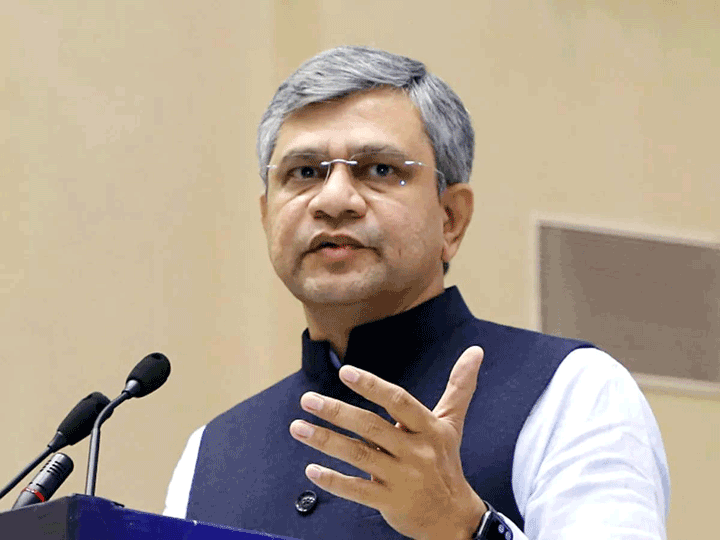TRAI issues draft regulation for filing of interconnect agreements by broadcasters, DPOs
The Telecom Regulatory Authority of India (TRAI) has issued the draft Telecommunication (Broadcasting and Cable) Services Register of Interconnection Agreements Regulations, 2019.
The objective of this draft regulation is to ensure that all the interconnection agreements are filed by every broadcaster and the distributor of television channels (with average active subscriber base of its entire distribution network equal to or more than two lakhs).
Written comments, with detailed reasons, justifications and supporting data on the draft Regulation are invited from the stakeholders by 6th May 2019.
The authority stated that the primary objective of the register of Interconnect regulations is to formulate the contours of a reporting system for the service providers so that they can report details of interconnection agreements including commercial details to the authority.
The regulations, it added, would also enable it to maintain a register of interconnect as per provisions of TRAI Act.
The existing regulation mandates broadcasters of pay TV channels, DTH operators, HITS operators and IPTV operators to report to the authority, annually, the information relating to the interconnection agreements signed among them.
To simplify the process, avoid duplication of reports, and formulate its view on various issues such as accessibility of information of register, the authority had issued a consultation paper on ‘The Register of Interconnection Agreements (Broadcasting and Cable Services) Regulations, 2016’ on 23rd March 2016. Comments and counter-comments received on this consultation paper were posted on TRAI’s website.
The comments and counter-comments received in the consultation process have been examined. In the meanwhile, the new regulatory framework has been implemented. Based on the comments received in the consultation process and analysis of the developments in the market pursuant to the implementation of the new regulatory framework these draft regulations have been prepared.
In the draft regulation, the authority has stated that in cases where the average active subscriber base of the entire distribution network of a distributor, who once has not been under obligation to file the report under this sub-regulation, reaches above 200,000 in the month of March of any of the subsequent years, then such distributor shall file the report under this sub-regulation for all the immediately succeeding four calendar quarters from the month of March of a year.
The distributor having average active subscriber base below the reporting threshold have been exempted from the obligation of reporting. However, such distributors are also encouraged to report the information voluntarily so that Authority is in possession of holistic data of the industry.
This, the draft regulation stated, will help the authority in better monitoring of the industry and take suitable measures/ decisions for the orderly growth of the industry. The reporting threshold of two lakh subscribers may be reviewed by the Authority in the future.
The authority is of view that in order to avoid duplication of reporting, once a particular agreement is reported with TRAI then the same should not be reported again until any change/ modification is made in such agreement. Such change or amendment should also be reported within 30 days from the end of the calendar quarter in which such amendment or modification has been carried out.
It also stated that a new broadcaster shall report the information relating to interconnection agreements on a quarterly basis. For example, if a broadcaster starts its operations in say April of a year then such a broadcaster shall start reporting the above-mentioned details for the quarter ending in June.
While pointing out that there is also a possibility that a broadcaster or distributor of television channels may not have signed an agreement/modification during any calendar quarter, in such cases the broadcaster or distributor of television channels shall report to the authority certifying the same. This will help in checking the malpractice of signing of agreements on a retrospective basis (pre-dated agreements).
The authority noted that the regulation mandate that the information shall be reported by the broadcasters and distributors of television channels in three parts- Part A, Part B, and Part C.
The Part A shall contain certain basic details of each individual agreement/modification/amendment or addendum thereto such as name and address of contracting parties, date of signing of the agreement, the validity period of the agreement, etc. The authority may prescribe a format and an e-form to fill-in this information. Part B shall contain commercial details in tabular form, as prescribed. Part C shall contain the actual copy of such agreement or modification or amendment or addendum thereto. The Authority may examine Part C on a complaint basis.
The authority also stated that it has accepted the earlier suggestion of stakeholders that the distributors should not be mandated to file the copies of agreements signed with LCOs.
Distributor-local cable operator (LCO) agreements are standardised as the regulations prescribe for the signing of such agreements on MIA/SIA and therefore asking the same may amount to duplication of work. Accordingly, the distributors have been exempted from filing the copies of actual agreements signed with LCOs.
The authority is of the view that accountability is necessary for ensuring the accuracy of reports. Therefore, it is necessary to make a person/entity accountable for reporting in addition to the accountability of the broadcaster or distributor of television channels.
The Authority noted that in terms of the new regulatory framework notified on 3 March 2017, provision for designation of compliance officer by the service providers has been made. The Authority is of the view that the compliance officer under this regulation should be the one as declared under the Telecommunication (Broadcasting and Cable) Services Interconnection (Addressable Systems) Regulations, 2017.
On the issue of electronic verification/ digital signature, the authority stated that it is prudent that the information filed should be authentic and verifiable. Therefore, the authority considers that digitally signed information will bring in better accountability. The regulation engenders prescription of the format and manner of reporting of the information. The relevant directions may also include appropriate clause(s) as regards the digital signatures.
The authority has also prescribed levying of financial disincentives on the broadcaster or distributor of television channels for the delay in reporting. The financial disincentive is proposed on graded scales. That is if the information is not reported by the due date, then the broadcaster or distributor of television channels will be liable to pay an amount of rupees one thousand per day for the delay of first thirty days.
In case of delay beyond thirty days, the financial disincentive will increase and will be @Rs. 2000/- per additional day beyond first thirty days. In case a broadcaster or distributor of television channels files information 40 days after the due days, the financial disincentive shall be calculated as under:
Financial disincentive for first 30 days = Rs. 30000/- (@1000 *30)
Financial disincentive for next 10 days= Rs. 20000/- [@2000*(40-30)]
Total Financial Disincentive = Rs. 50000/-











